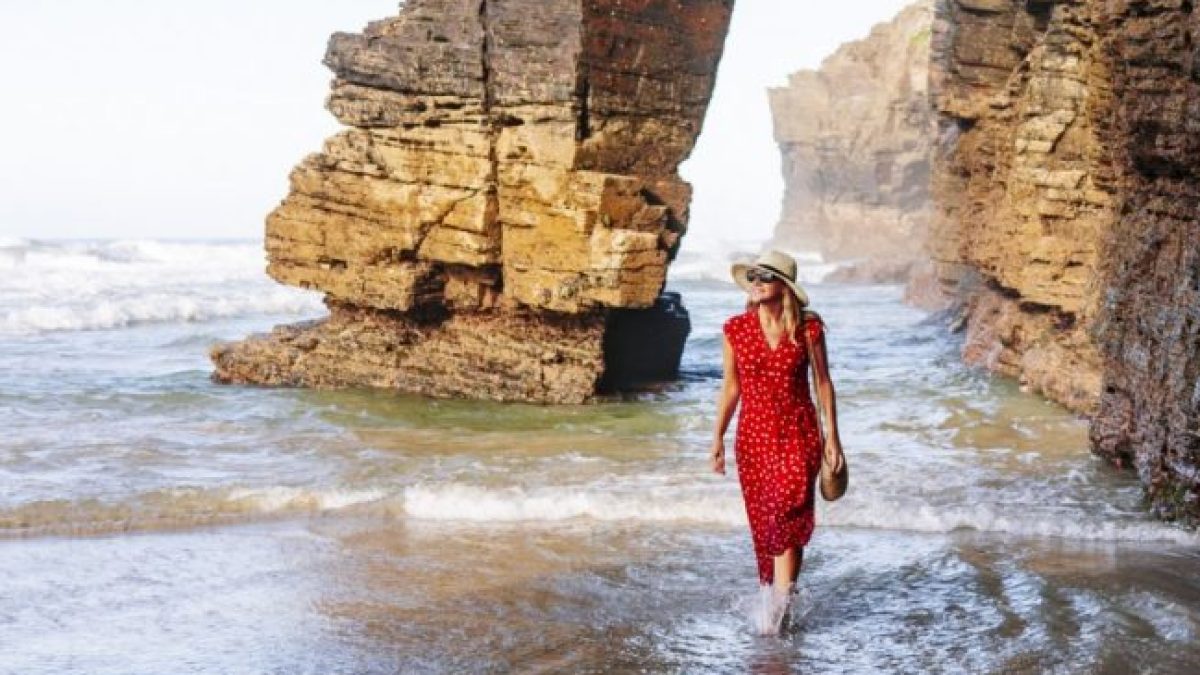A warm reception is easy to find in these lesser-visited locations that showcase the country’s best
Spain remains Britons’ favourite holiday destination: in 2024, 18.4 million of us visited. Yet protests against mass tourism, along with tourist taxes on hotel stays and rules designed to clamp down on antisocial behaviour by holidaymakers, may lead some people to think that they are unwelcome in the country.
Overtourism presents real challenges in Spain. The scourge of tourist rentals has emptied city neighbourhoods and created an unaffordable housing market in the Balearic Islands, while chaotic hotel development has caused environmental damage in the Canaries.
But the country and many of its people are still reliant on tourism, and welcoming of it. The industry accounts for 13 per cent of Spain’s GDP and employs about three million people.
One way to balance your holiday choices with residents’ quality of life is to stay in less tourist-heavy areas. Francisco Mestre Acosta is president of The Most Beautiful Villages in Spain, an association set up in 2010 to help celebrate and conserve traditional villages by attracting more visitors.
“In many of our villages, tourism isn’t a problem, it is a hope,” he says. “They are places where respectful visitors are not just welcome, but essential for the preservation of this way of life, supporting local economies and keeping alive the cultural landscapes that are the very soul of Spain.”
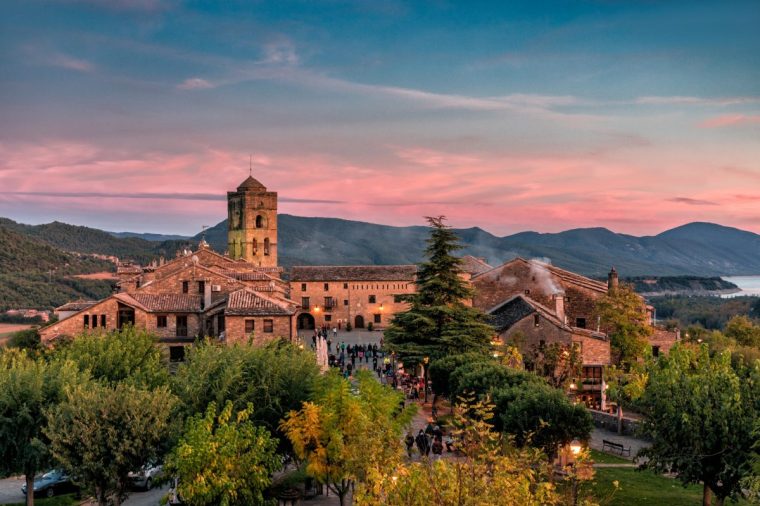 The church of Santa Maria in Ainsa (Photo: Angel Villalba/Getty)
The church of Santa Maria in Ainsa (Photo: Angel Villalba/Getty)
He recommends beginning a search for your next Spanish break with mediaeval Mirambel, one of a clutch of mountain villages in the Teruel province of Aragon that are accredited based on strict criteria regarding heritage and preservation. This area is often referred to as España vaciada (emptied Spain) for its diminishing rural populations.
He also suggests the walled hilltop village of Castellar de la Frontera in Cadiz, Andalucia, or Ainsa, a leader in gastronomy and ecotourism in the heart of the Pyrenees.
It’s not just villages that want tourism, however: your holiday euros could make a positive contribution in a whole host of destinations. Why not try one of these for your next visit.
The underrated wine region 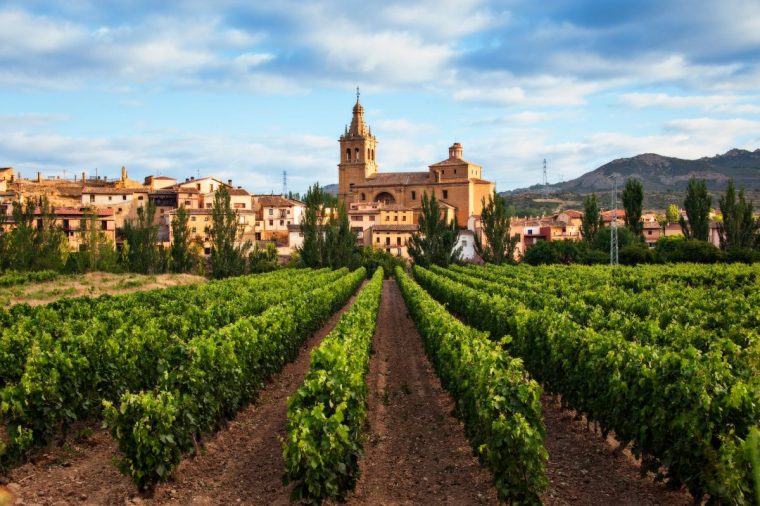 The vineyards of Rioja (Photo: Julio Alvarez/Getty/Moment RF)
The vineyards of Rioja (Photo: Julio Alvarez/Getty/Moment RF)
Why go? According to Spain’s National Institute of Statistics (INE), the least-visited region in mainland Spain last year was La Rioja. Just 123,123 visitors toured its vine-striped hills, yet this northern inland area is home to some of Spain’s finest wines. Its landscapes take you from snow-dusted mountains to forests and undulating hills, all peppered with vineyards and lovely stone villages, such as castle-topped Sajazarra and walled Briones.
La Rioja’s little capital, Logroño, meanwhile has a buzzing food scene. Visitors can make like the locals and wander between the tapas restaurants of Laurel Street, each specialising in a different dish to pair with your wines.
This year is also the centenary of La Rioja’s denomination of origin for its wines, with events planned throughout 2025.
How to do it: Wexas Travel offers a five-day self-drive itinerary from £935pp, including flights or ferry travel to and from Bilbao and all accommodation. You’ll enjoy a one-night stay in the city, then pick up your rental car to drive to Calahorra. Stacked with Roman and Islamic vestiges and possessing a flair for the Gothic, the town is the gateway to the vineyards of Lower Rioja.
Next, cross into the neighbouring region of Navarra, where Pamplona is the perfect base for the vineyards of the Upper Rioja. These include the Marques de Riscal winery, whose fantastical Frank Gehry architecture rivals Bilbao’s Guggenheim Museum.
A Galician beach break
Why go? According to the INE and Turespaña, a public body that markets Spanish products and destinations, only 0.01 per cent of British tourists (about 1,800 people annually) visit the territory of Mariña Lucense in the lush north-eastern region of Galicia, making it the least-visited coast among UK holidaymakers.
Washed by the Cantabrian Sea, it features surf beaches and long stretches of sand, secluded coves and the rocky arches carved by the sea at Cathedrals Beach.
But you can also enjoy mountains such as the moody Serra do Xistral, populated by wild horses, and the River Eo, the site of the Oscos y Terras de Burón Biosphere Reserve – surrounded by vast estuaries and a strong rural Celtic heritage.
How to do it: Casa Liñeiras has restored an 18th century stone farmhouse as two independent cottages, just outside the village of A Pontenova. Each cottage is set over two floors with its own entrance and private patio. Casa Amancer has two en-suite bedrooms, while Casa Solpor has one.
Both combine stone walls and gnarled wooden beams with Chesterfield sofas and modern kitchens and bathrooms. From €190 (£165) for two nights (minimum stay).
Spain’s newest national park  Sierra de las Nieves National Park saw only 0.5 per cent of national park visitors in 2023 (Photo: Daniel Garrido/Getty)
Sierra de las Nieves National Park saw only 0.5 per cent of national park visitors in 2023 (Photo: Daniel Garrido/Getty)
Why go? Of Spain’s 16 national parks, the least visited is Cabrera Maritime-Terrestrial National Park, according to the INE. This scattering of islands can only be reached by boat from Mallorca.
If you’d rather skip the Balearics, or prefer somewhere more accessible, Sierra de las Nieves only received 0.5 per cent of all national park visits in 2023. It is Spain’s newest and second least-visited national park, despite being less than two hours’ drive inland from Malaga.
Here, among the mountains, you’ll find orchards and wildflowers in spring, karst landscapes, plunging valleys and tiny villages. On clear days, you can see to the coast, Gibraltar and even Morocco’s Rif Mountains. As you hike, you’ll spot mountain goats and roe deer and can call in at the villages where traditional festivals take place throughout the year.
How to do it: Join an eight-day small-group walking holiday with Responsible Travel from £1,499pp, including flights. You’ll stay in the village of Torox, filled with Islamic heritage, in the heart of the national park.
Spend days walking along mule tracks that date back to medieval times, and explore olive groves, forests and dramatic limestone cliffs. As you wander between whitewashed villages, you’ll learn about the area’s flora and fauna and irrigation channels dating to the region’s Muslim rule that are still in use today.
A Canary Island idyll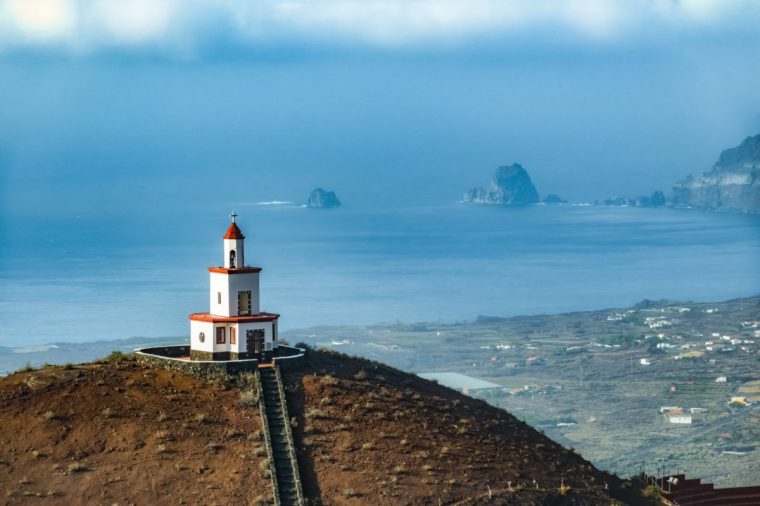 Joapira bell tower in El Hierro (Photo: Eduardo R/Getty)
Joapira bell tower in El Hierro (Photo: Eduardo R/Getty)
Why go? Not all of the Canary Islands are battling overtourism. In fact, El Hierro is the smallest island (population 11,000) and the least visited. You must fly via Tenerife or Gran Canaria and just 200 Britons made it there in 2023 of a total of 20,300 visitors, according to Turespaña.
But what it lacks in visitors, it makes up for in ambition. El Hierro is a Unesco biosphere reserve and is harnessing wind and wave power to become the world’s first 100 per cent self-sufficient island. It’s also a haven for biodiversity and a great walking destination, with incredibly diverse landscapes to explore.
How to do it: Inntravel offers seven-night walking holidays from £775pp, including B&B accommodation, five dinners, two picnics and self-guided route notes and maps. You’ll hike among laurisilva forests and pineapple plantations, explore lava fields and vineyards, enjoy clifftop sea views, discover the mountainous capital, Valverde, and visit a breeding programme for the El Hierro giant lizard, once thought to be extinct.
A rural heartland escape 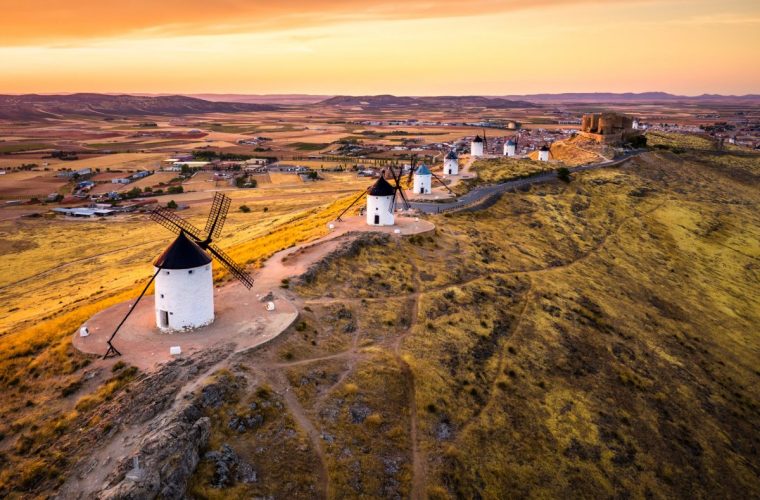 Traditional mediaeval Spanish windmills in Consuegra (Photo: Eloi Omella/Getty)
Traditional mediaeval Spanish windmills in Consuegra (Photo: Eloi Omella/Getty)
Why go? Castilla-La Mancha is at the heart of Spain, both geographically and historically. When Isabella of Castile married Ferdinand of Aragon in 1469, the two realms were unified – a precursor to the founding of Spain.
A visit might include Toledo – the mediaeval capital, which looks like something out of Game of Thrones – the windmills featured in Miguel de Cervantes’s Don Quixote, and the hanging houses of clifftop Cuenca.
It is one of the European regions with the most nature reserves, national parks and river reserves: two, seven and six respectively. Yet it welcomed just 235,716 visitors in 2024, according to the INE (Catalonia, which is half the size, welcomed nearly 20 million).
How to do it: Immerse yourself in Castilian life at its purest with a stay at Molino de Alcuneza , a restored 14th-century flour mill overlooking the Alto Henares valley. Run by siblings Blanca and Samuel Moreno, it is part of a Starlight Reserve, has a green Michelin star for its sustainable restaurant and is busy with truffle and pistachio plantations.
Meet producers from the area and join the Morenos’s father, Juan, to forage for mushrooms, with a spa for relaxation. B&B doubles from €210. Madrid is the main air gateway.
The alternative city break 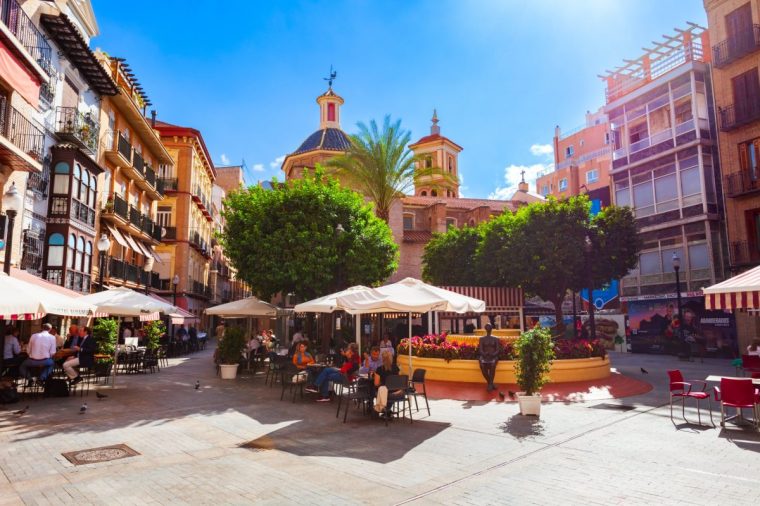 Plaza de Las Flores square in Murcia (Photo: Getty/iStock Editorial)
Plaza de Las Flores square in Murcia (Photo: Getty/iStock Editorial)
Why go? When combining INE data on where travellers visit with a list of the country’s 10 largest cities, you will find that the least frequented is Murcia.
The region’s bijou capital (population nearly 475,000) is celebrating its 1,200th birthday this year. Founded in AD825 by the Emir of Cordoba, when Spain was largely under Muslim rule, it was once a vast walled city and has been digging deep to rediscover its roots. Ancient burial sites have been unearthed beneath churches and a visitor centre takes you below ground to explore the old city walls.
The old town is lovely: all leafy squares, ornate buildings and buzzing tapas bars spilling on to sunny streets.
How to do it: In this strollable city on the Río Segura, nothing is far away. The smart Catalonia Conde de Floridablanca is set between the river and pretty 18th-century gardens, and has a rooftop pool. EasyJet Holidays offers three nights, including hotel and flights, from £169pp.
